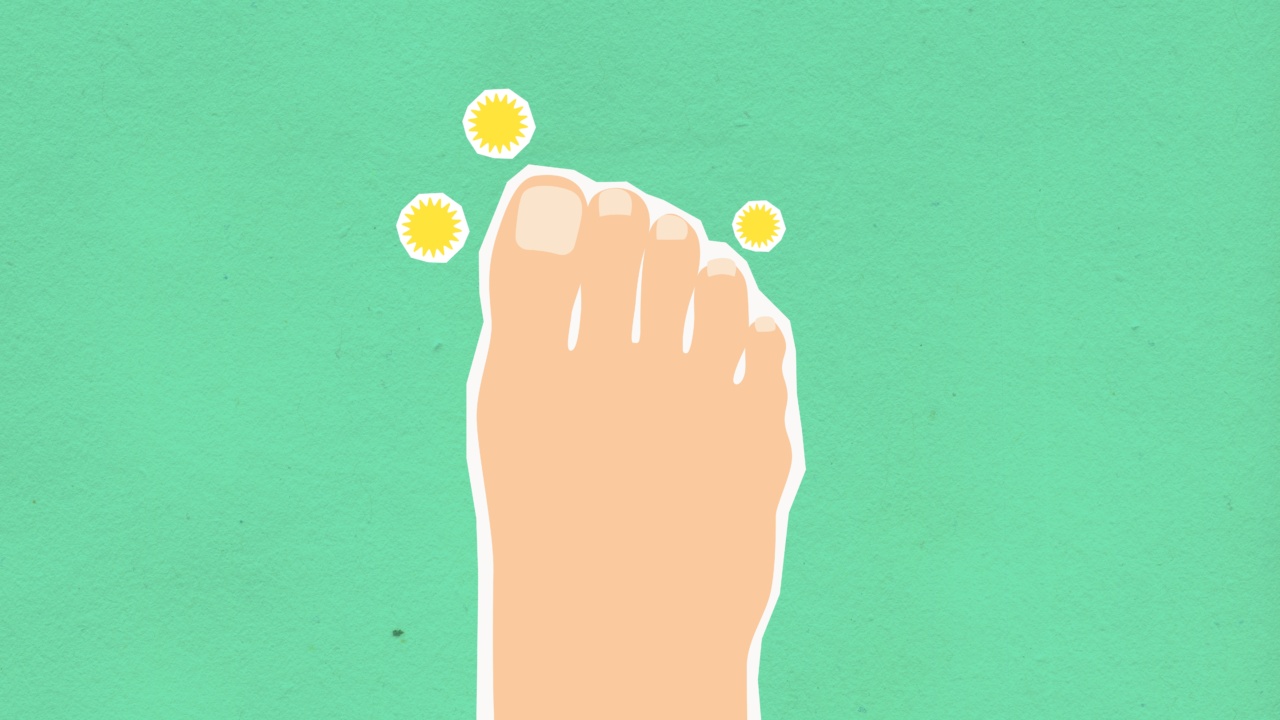Fungal infections are common skin conditions caused by various types of fungi. These infections can affect different parts of the body, including the skin, nails, and hair.
While fungal infections are typically not serious, they can cause discomfort and require treatment to prevent complications. In this article, we will explore the presentation and treatment options for fungal infections of the skin.
Types of Fungal Infections
There are several types of fungal infections that can affect the skin. The most common ones include:.
- Athlete’s foot (Tinea Pedis): This infection usually occurs between the toes and causes itching, redness, and scaling.
- Jock itch (Tinea Cruris): Jock itch primarily affects the groin area and causes a red, itchy rash.
- Ringworm (Tinea Corporis): Ringworm is characterized by a circular, red rash on the skin.
- Onychomycosis: This type of infection affects the nails, causing them to become thickened, discolored, and brittle.
Presentation of Fungal Infections
The presentation of fungal infections may vary depending on the type and severity of the infection. However, some common symptoms include:.
- Itching and irritation in the affected area
- Redness and inflammation
- Scaling or flaking of the skin
- Blisters or pustules
- Cracking or peeling of the skin
- Thickened, discolored nails
- Brittle nails that may separate from the nail bed
Diagnosis of Fungal Infections
To diagnose a fungal infection, a healthcare professional may perform a physical examination of the affected area and gather a medical history. In some cases, further tests may be required, such as:.
- KOH test: A sample of the affected skin, nail, or hair may be collected and treated with potassium hydroxide (KOH) to examine it under a microscope.
- Fungal culture: A sample may be taken and cultured in a laboratory to identify the specific type of fungus causing the infection.
- Wood’s lamp examination: This special lamp emits ultraviolet light, which can help detect certain fungal infections by causing them to fluoresce.
Treatment Options for Fungal Infections
Effective treatment for fungal infections of the skin typically involves the use of antifungal medications. These medications may be applied topically or taken orally, depending on the severity and location of the infection.
Some common treatment options include:.
- Topical antifungals: Creams, lotions, or powders containing antifungal agents like clotrimazole, miconazole, or terbinafine can be applied directly to the affected area.
- Oral antifungals: In severe cases or when topical treatments fail, oral antifungal medications like fluconazole or itraconazole may be prescribed.
- Antifungal nail lacquer: For individuals with fungal nail infections, an antifungal lacquer like ciclopirox or amorolfine may be applied directly to the nails.
- Good hygiene practices: Keeping the affected area clean and dry can help prevent the spread and recurrence of fungal infections.
In addition to medication, it is important to take preventive measures to minimize the risk of fungal infections. Some preventive tips include:.
- Avoiding walking barefoot in public areas like locker rooms and swimming pools.
- Wearing clean, dry socks made of natural fibers like cotton.
- Wearing breathable shoes that allow air circulation.
- Changing out of wet clothes, especially sweaty workout clothes, as soon as possible.
- Avoiding sharing personal items like towels, socks, or shoes.
Conclusion
Fungal infections of the skin, such as athlete’s foot, jock itch, ringworm, and onychomycosis, are common and can cause discomfort and irritation.
Prompt diagnosis and appropriate treatment with antifungal medications are essential to alleviate symptoms, prevent complications, and reduce the risk of transmission. By practicing good hygiene and taking preventive measures, the occurrence of fungal infections can be minimized.





























